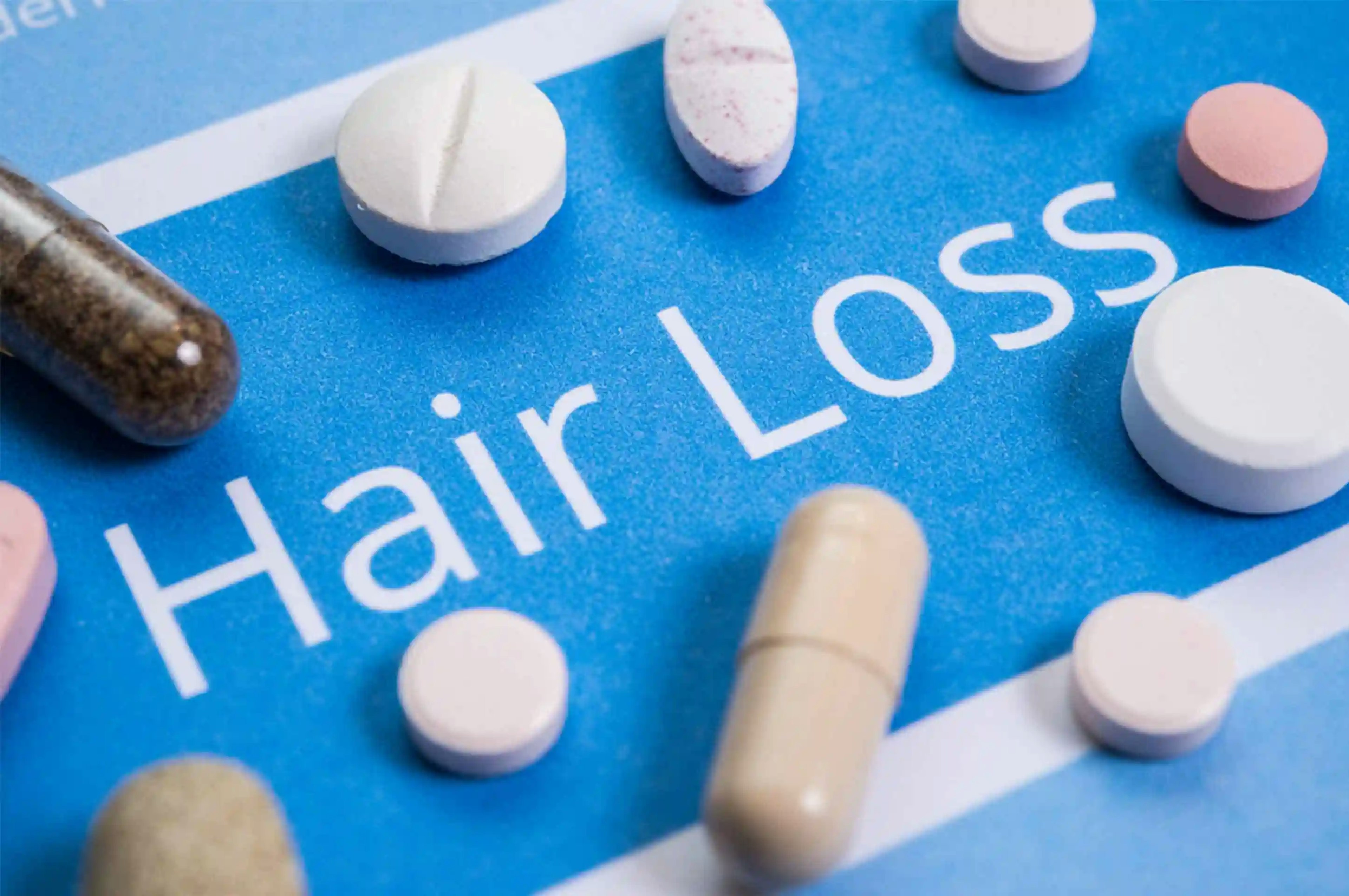
DHT is derived from the hormone testosterone. From here, testosterone reacts with an enzyme called 5-alpha-reductase where it is converted into DHT. This hormone is much more powerful than testosterone itself, hence why it is so prevalent in the causation of baldness. Usually, around 10% of the body’s testosterone is converted into DHT every day. Once DHT has been produced in the testes, it then circulates around the bloodstream until it finds androgen receptors. There are millions of androgen receptors located around your head, hence why men tend to go bald in particular ways. When it comes to the hair on our heads, however, DHT has the opposite effect. When DHT is flowing through the bloodstream, it can link to receptors on the hair follicles in the scalp, causing them to shrink and become less capable of supporting a healthy head of hair. Specifically, DHT affects the hair by shortening the anagen phase of the Hair growth cycle , while also lengthening the time between the telogen (resting) and new anagen phase. DHT is primarily responsible for follicular miniaturization, in which the hair follicle shrinks, producing a shorter and thinner hair shaft.
During follicular miniaturization, hair follicles that were once producing healthy hairs start to generate thinner hairs with more fragile shafts. As women reach menopausal age, estrogen, and progesterone decrease, while the presence of DHT increases in comparison. As a result, many women will experience increased shedding, delayed new hair growth, and finer, thinner hair. Over time, hair becomes more brittle, fragile, and thin, as well as more sparse in density.
Along with hair thinning, DHT also significantly affects the health of the scalp. DHT directly triggers the sebaceous glands that exist at the base of the hair follicle, causing them to overproduce sebum. In fact, research suggests that DHT is the principal androgen that mediates sebum production.
Overproduction of sebum leads to follicle blockages, inflammation, and build-up, which in turn, can lead to increased hair thinning or shedding. Sebum is a carrier of DHT, so a build-up of sebum also exacerbates the amount of DHT on the scalp, contributing to further thinning and hormonal fluctuations on the scalp skin. Hence whenever you see the symptoms of genetic or DHT-induced hair loss, without any further delay should see a Dermatologist and start the usage of dilator’s topical application of minoxidil and undergo PRP therapy or GFC, Oxygen laser therapy is also an added option to control active hair loss. Anyhow your Dermatologist or Hair transplant surgeon can assess the loss and recommend a suitable treatment for the same. A visit to MAX hair clinic may be a holistic solution as well.



